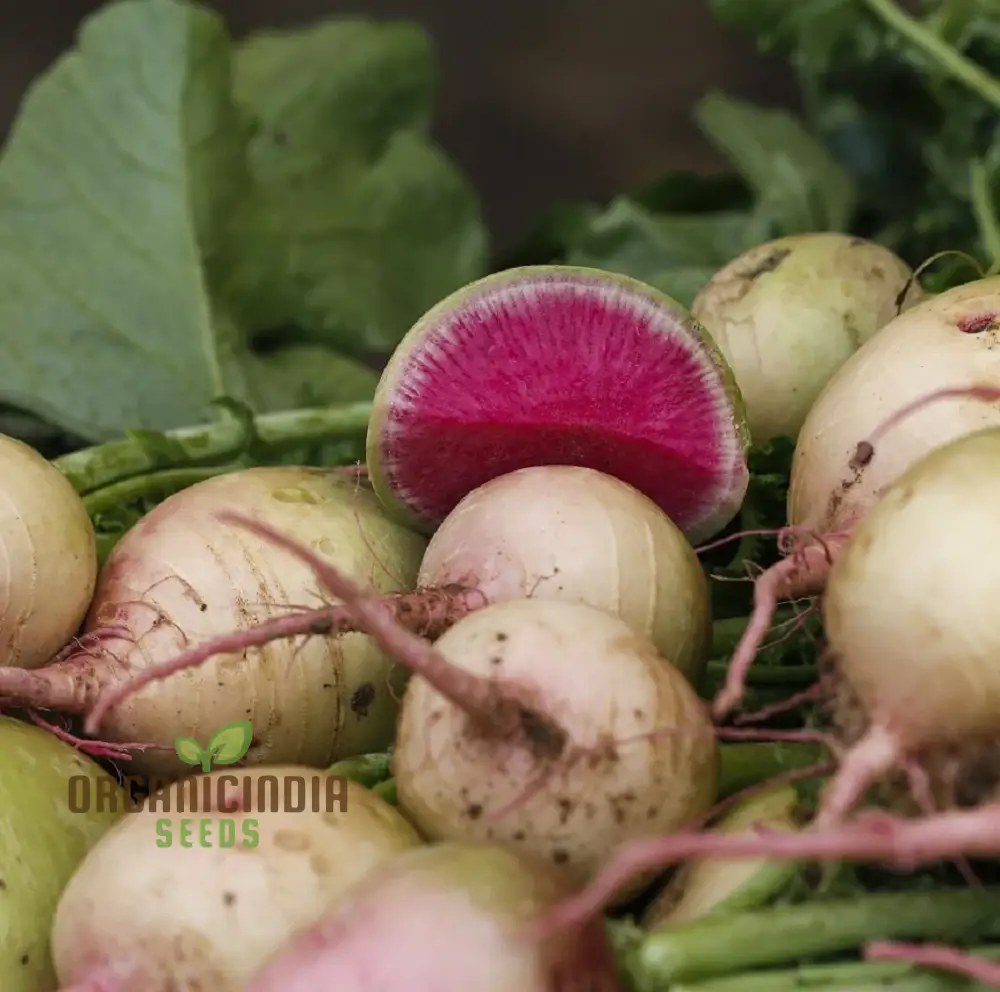Mixed Hydrangea Flowers: A Stunning Spectrum of Colors for Your Garden
Hydrangeas are among the most popular and breathtaking flowering plants, admired for their large, showy blooms and changing flower colors. Available in hues of blue, pink, purple, white, and even green, mixed hydrangeas offer unmatched elegance and versatility in any garden. Whether used as a standalone ornamental shrub, a border plant, or a container plant, these flowers are sure to create a striking visual appeal.
In this guide, we will cover everything you need to know about growing, caring for, and maximizing the beauty of mixed hydrangeas.

Why Grow Mixed Hydrangea Flowers?
1. Breathtaking Blooms in Various Colors
- Hydrangeas are renowned for their large, round, or cone-shaped flowers.
- Different soil conditions can influence bloom color, allowing for a natural transformation of hues.
- A mixed variety ensures diverse shades of blue, pink, purple, and white in a single garden.
2. Long-Lasting and Seasonal Beauty
- Hydrangeas bloom from late spring to early fall, offering months of vibrant color.
- Some varieties can even rebloom multiple times during the season.
3. Low-Maintenance and Adaptable
- With proper planting and basic care, hydrangeas are easy to maintain and highly resilient.
- They thrive in various soil types and can adjust to different light conditions.
4. Excellent for Landscaping and Indoor Use
- Hydrangeas are ideal for borders, hedges, and container gardening.
- Dried hydrangeas make beautiful floral arrangements and home décor accents.
5. Attracts Pollinators
- Hydrangea blooms attract bees, butterflies, and other beneficial pollinators, supporting the local ecosystem.
When to Plant Hydrangea Seeds?
Best Time to Sow Seeds
- Spring or Early Fall is ideal for sowing hydrangea seeds, as the mild temperatures promote healthy germination.
Germination Period
- Seeds take about 14–30 days to germinate, depending on moisture and warmth.
Blooming Period
- Hydrangeas bloom in late spring through summer and may rebloom in early fall, depending on the variety.
Where to Plant Hydrangeas?
Light Requirements
- Hydrangeas grow best in partial sun, with morning sunlight and afternoon shade.
- In cooler climates, they can tolerate full sun, but in hotter regions, they require shade to prevent wilting.
Soil Preferences
- Hydrangeas prefer moist, well-draining, nutrient-rich soil.
- Soil pH directly affects flower color:
- Acidic soil (pH below 6.0): Produces blue or purple flowers.
- Neutral to alkaline soil (pH above 6.5): Produces pink or red flowers.
- Adding aluminum sulfate can turn flowers blue, while lime can turn them pink.
Ideal Locations
- Garden borders, woodland gardens, along fences, or as standalone shrubs.
- They also thrive in pots, making them perfect for patios and balconies.
How to Plant Hydrangea Seeds
Step 1: Prepare the Soil
- Loosen the soil and enrich it with organic compost or well-rotted manure.
- Ensure the soil is well-draining yet retains moisture.
Step 2: Sowing the Seeds
- Scatter the seeds lightly over the soil surface.
- Press them gently into the soil, but do not cover them — they need light to germinate.
- Keep the soil moist but not soggy.
Step 3: Transplanting
- Once seedlings reach 2–3 inches in height, transplant them to larger containers or garden beds.
- Space plants 2–3 feet apart to allow proper growth.

How to Care for Hydrangeas
1. Watering
- Hydrangeas need consistent moisture, especially in dry weather.
- Water deeply at the base to promote strong root growth.
2. Fertilization
- Use a balanced, slow-release fertilizer (10–10–10) in early spring and mid-summer.
- For blue flowers, apply acidic fertilizers, and for pink flowers, use alkaline fertilizers.
3. Pruning and Maintenance
- Prune dead or weak stems in late winter or early spring.
- Deadheading (removing spent flowers) can encourage new blooms.
4. Winter Protection
- In colder climates, apply mulch around the base to protect roots from frost.
- Some varieties are deciduous and will lose leaves in winter but regrow in spring.
Companion Plants for Hydrangeas
Best Companion Plants
- Hostas — Provide lush green contrast beneath hydrangeas.
- Ferns — Thrive in similar moisture and shade conditions.
- Azaleas & Rhododendrons — Complement hydrangeas in acidic soil.
- Heucheras (Coral Bells) — Their foliage adds texture and variety to garden beds.
Plants to Avoid
- Drought-resistant plants like lavender and succulents, as they require different watering conditions.
Changing Hydrangea Bloom Colors
If you want to control the flower color of your hydrangeas:
- For Blue Flowers: Add aluminum sulfate or organic matter like peat moss to lower the pH.
- For Pink Flowers: Add lime or wood ash to raise the pH.
Uses of Hydrangeas
1. Garden Landscaping
- Used for hedges, borders, pathways, and garden focal points.
2. Cut Flowers & Floral Arrangements
- Both fresh and dried hydrangeas make stunning bouquets and decorations.
3. Home & Event Décor
- Hydrangeas are widely used in wedding bouquets, wreaths, and festive arrangements.
Common Problems and Solutions
1. Wilting Leaves and Flowers
- Cause: Too much sun or insufficient water.
- Solution: Ensure consistent watering and provide afternoon shade.
2. Yellow Leaves
- Cause: Overwatering or nutrient deficiency.
- Solution: Improve drainage and apply balanced fertilizer.
3. No Blooms
- Cause: Incorrect pruning, excessive nitrogen, or cold damage.
- Solution: Prune at the right time, avoid over-fertilizing, and protect from frost.
Final Thoughts
Mixed hydrangea flowers are a gardener’s dream, bringing beauty, versatility, and long-lasting blooms to any outdoor space. Whether you’re aiming for a soft pastel palette or a bold mix of colors, hydrangeas offer endless possibilities.
With proper planting, care, and soil adjustment, you can enjoy stunning flowers year after year. For premium hydrangea seeds, visit Organic India Seeds, where you’ll find high-quality varieties to elevate your gardening experience.



Commenta
Questo sito è protetto da hCaptcha e applica le Norme sulla privacy e i Termini di servizio di hCaptcha.